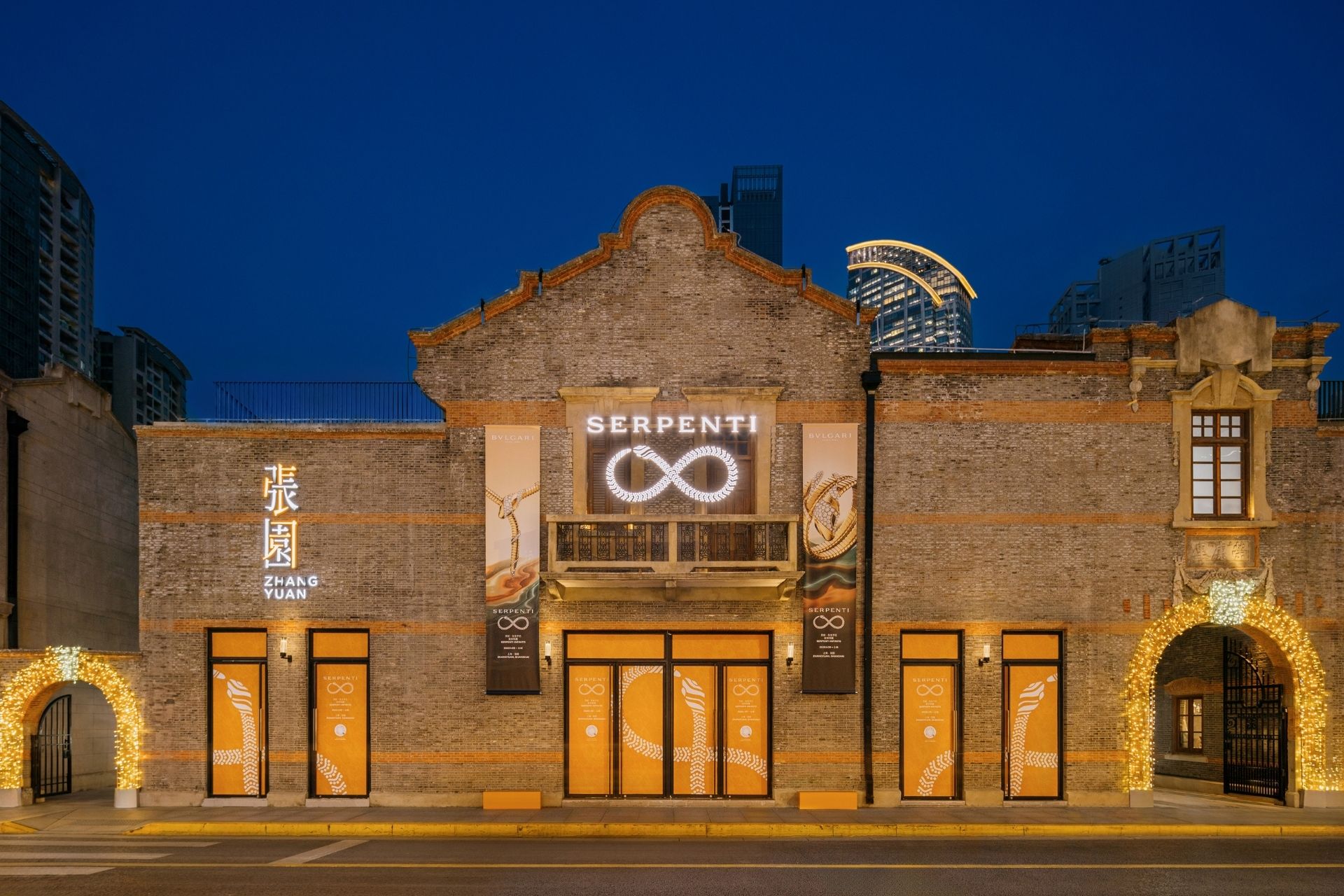
As Weibo and WeChat become saturated and give users declining organic reach while charging increasingly large sums for advertising, big brands are turning to smaller platforms like Douyin to target China’s Gen Z consumers.
Douyin is a Musical.ly copycat that has become popular with Chinese Gen Z mobile users (85 percent of its users under the age of 24.) Similar to Musical.ly, the China music video social network allows users to create 15-second lip-syncing videos full of filters and stop-motion effects. Although it is small in relation to the social media giants mentioned above, Douyin has been experiencing explosive growth since being featured on the hit reality TV show “The Rap of China”. As of September, Douyin already had 1.73 million users and on November 18 became the number one free video-streaming app on China's Apple App Store.
Big brands from many industries including Audi, Michael Kors, OPPO, and Pizza Hut have already run campaigns on Douyin to reach China's Gen Z consumers and smaller brands are experimenting with it as well.

Why are brands choosing Douyin?
Although still in its early stages, brands have been quick to jump onto the platform for a couple of reasons.
1. The app’s “Challenge” feature makes it very easy to get users to create branded content
Similar to Musical.ly, Douyin has themed hashtags called Challenges which are essentially creative prompts for users. For official platform-run Challenges, users make content based on the guidelines on the prompt and use the hashtag to be featured on the Challenge page. Just like using a hashtag on Instagram, Challenges are popular among users because they can grow your account and get you seen.
Brands can create Challenge contests where users must lip-sync a branded jingle or film skits that integrates their campaign messaging, and offer prizes to videos in the Challenge that get the most likes. Douyin users love Challenges and don’t care that they are essentially creating a commercial for a brand, especially if they can win something!

2. The format has already been proven by Musical.ly in the US
This is a huge factor. Big companies such as Disney, Kit Kat, and Coke have already successfully run campaigns on Musical.ly, and since the two platforms are so alike, it makes it easier for brands to envision the types of campaigns they could launch on Douyin, making it much less risky.

3. Costs are relatively low compared to other platforms
Because Douyin is still a new platform the costs to run a campaign are lower than on some of the other more developed platforms, but brands better move fast – costs are increasing rapidly as the app becomes more popular.

4. Very targeted audience; Perfect for brands looking to reach China's Gen Z Consumers
As mentioned above, 85 percent of Douyin's users are under the age of 24, making it the perfect place for brands hoping to reach China's Gen Z consumers.

How Brands are Using Douyin to Reach China's Gen Z Consumers:
Work Directly with Douyin
For corporations with larger budgets, the best option is to work directly with Douyin to create branded campaigns. These campaigns could include a banner on the homepage, a promoted Challenge hashtag, and or a custom video editing filter. While not cheap, it's definitely the best way to get seen.
In mid-November Michael Kors became the first luxury fashion brand to partner with Douyin, creating a challenge to amplify the reach of their The Walk Shanghai event (#KorsShanghai#). The official Challenge with the hashtag #城市T台不服来斗# asked users to create their very own Michael Kors fashion walk video with a custom video filter. Michael Kors also cooperated with a couple Douyin KOLs and several Weibo KOLs who created their own 'The Walk' videos while wearing Michael Kors apparel and accessories.

Weibo influencers ColorBlocker using the Michael Kors Douyin filter
Chinese cell phone brand OPPO is currently running a KOL campaign requiring users to make a comedy skit which promotes the features of their new R11s phone. In the challenge, called “What would you do if you had 20 million?” users must create a video sharing what they would do if they have 20 million, of course, they assume incorrectly, that this means 20 million rmb. At the end of the skit they must reveal that the question is not asking about rmb, but about the new OPPO R11s phone with a 20-megapixel (20 million pixels) camera.

A KOL holding a R11s phone in his video, the Challenge homepage, and a KOL using the OPPO filter
The guidelines require that users include the OPPO background filter in their videos and gives users with the top-ranked videos the chance to win a phone. It appears that OPPO has collaborated with several large Douyin influencers as some of them are actually holding the new product during their videos.

Trickle-down Viral Campaigns
For companies with smaller ad budgets, the best way to run a campaign on Douyin is to work directly with individual influencers which currently costs between 5-20k rmb per video.
Fabian Ouwehand, the founder of UpLab, explained that on Douyin, any user is technically able to create a hashtag Challenge. Companies can create a hashtag Challenge then hire influencers to create videos using that hashtag and have the influencers encourage their fans to create their own videos with the hashtag. If done correctly, the hashtag will gain momentum and go viral and then be featured on Douyin’s main Challenge page.
This method essentially allows brands to get similar results to the official Challenges the big corporations are running, but at a much lower cost. It's a bit riskier though; the campaign's success relies on creating a Challenge that really resonates with the app's user base and working with influencers that have an engaged following.

Featured Music
For artists looking to grow an audience in China, as a music-based lip-syncing app, Douyin provides a unique opportunity for them to get their music in front of China's Gen Z consumers and see how they engage with it.
Jive, Head of Marketing at Outdustry, a company that helps foreign musicians grow their presence in China, shared that they started looking at the app as a potential way to promote their artists after they saw the collaboration between Douyin and “The Rap of China”.

While they have yet to launch any campaigns on the app, they have been communicating with Douyin and hope to have something coming out in a month or two. Jive said that it has been a difficult process because there is a lot of creative planning that needs to go into it. Not all songs are suitable for the app, for a song to become popular it must be simple and catchy, particularly if the song's lyrics are in English. On top of that, they need to create a Challenge that not only fits the artist and the song but is something that the audience will find interesting as well.
She did mention that there are some downsides, for example, some songs become very popular on the app, and everyone recognizes the song, but nobody remembers the artist. She is also concerned that the app is starting to have too much comedy-skit based content and not enough music-based content (it was originally a musical lip-syncing app after all). But even with these concerns, she still feels the China music video social network Douyin is an excellent new opportunity worth trying out to reach China's Gen Z consumers.
Article originally published on ParkLU. Republished with permission.








